Arlene Gottfried’s scenes of New York nightlife
- Text by Miss Rosen
- Photography by Arlene Gottfried

In the late ’70s, American photographer Arlene Gottfried (1950-2017) was deeply immersed in the decadent delights of New York nightlife. Whether partying at Studio 54 with Disco Sally, hanging out with the trapeze artists at GG’s Barnum Room in Times Square, or kicking it with Stonewall legend Marsha P. Johnson during Gay Pride, Gottfried was fully in the moment; ever-ready to capture the scene with those who lived on the fringes of the city.
Gottfried’s New York, blighted by the systemic racist policies of “benign neglect”, had been crumbling into despair since the late ’60s. But that didn’t stop those who called it home from persevering. In the new exhibition, Arlene Gottfried: After Dark, we see the city’s nightclubs, strip joints, dive bars, and drug dens through the artist’s eyes.
“The nighttime work was a big part of who Arlene was as an artist and a person,” says gallerist Daniel Cooney, who first began showing Gottfried’s work in the seminal monograph, Sometimes Overwhelming (powerHouse Books) in 2014. “She spent decades exploring the nooks and crannies of New York: nightlife, street life and domestic life.”
Included in the exhibition are a series of never-before-seen photographs Gottfried took on the Lower East Side, documenting the heroin epidemic that swarmed through the city during the ’70s. “I honestly think the Heroin work was Arlene’s attempt to understand her friend, the poet and playwright Miguel Piñero,” Cooney says.

Heroin Series, late 1970’s

GG’s Barnum Room, Times Square, 1979
“Arlene was eternally curious about people. She had a lot of chutzpah and determination. She always faced life directly and with empathy for her subjects. She never looked away or ignored, ridiculed or judged. She relates to the people on a very human level, and approached them with honesty and humour.”
No matter where Gottfried travelled, she always looked her subjects in the eye, and they responded in kin. “Arlene got all these photographs of people really uninhibited,” Cooney says.
“All the people in her photographs are looking at her and acknowledging that she’s there. She’s not sneaking around. She had an understated presence that allowed her to be in truly gritty places where people got down and dirty, and created pictures that spoke for her.”
Gottfried played it close to the vest. “Arlene didn’t like to talk about herself and I think she felt overwhelmed talking her about her work,” Cooney says. “It was difficult to get to know her but I did get to know her through her work – that’s where she revealed things about herself. That’s an indicator of a true artist. See her work and you will know her.”

Trapeze Artists, GG’s Barnum Room, Times Square, 1979

El Barrio, late 1970’s

Times Square, late 1970’s

Dance A Thon, late 1970’s

Young Man In Bed, late 1970’s

Heroin Series, Man With Beer And Cigarette, late 1970’s
Arlene Gottfried: After Dark is on view at Daniel Cooney Fine Art in New York until October 26, 2019.
Follow Miss Rosen on Twitter.
Enjoyed this article? Like Huck on Facebook or follow us on Twitter.
Latest on Huck

Autism cannot be cured — stop trying
A questionable study into the ‘reversal’ of autism does nothing but reinforce damaging stereotypes and harm, argues autistic author Jodie Hare.
Written by: Jodie Hare
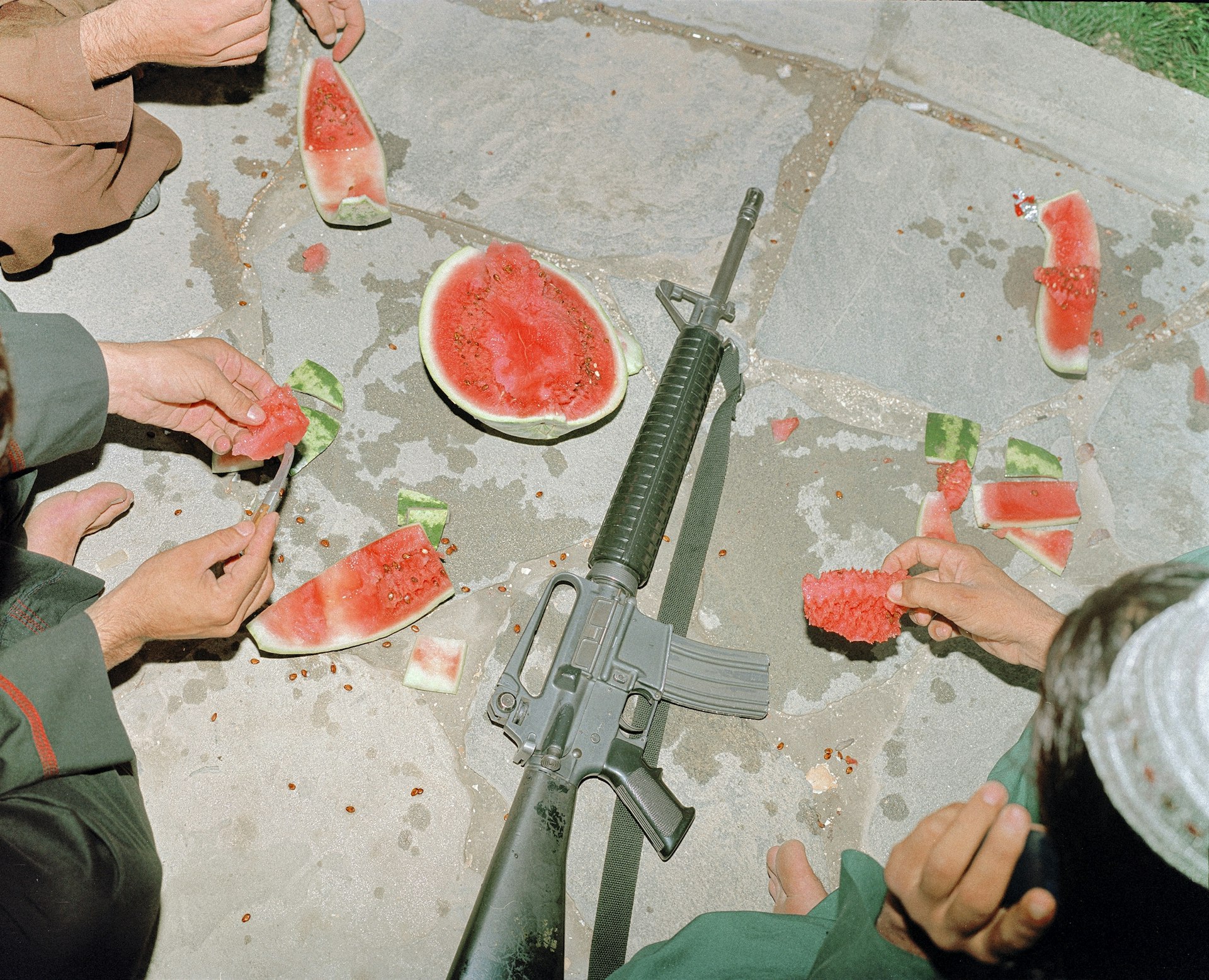
Bristol Photo Festival returns for second edition
After the success of it’s inaugural run, the festival returns this autumn with exhibitions, education and community programmes exploring a world in constant motion through still image.
Written by: Ben Smoke
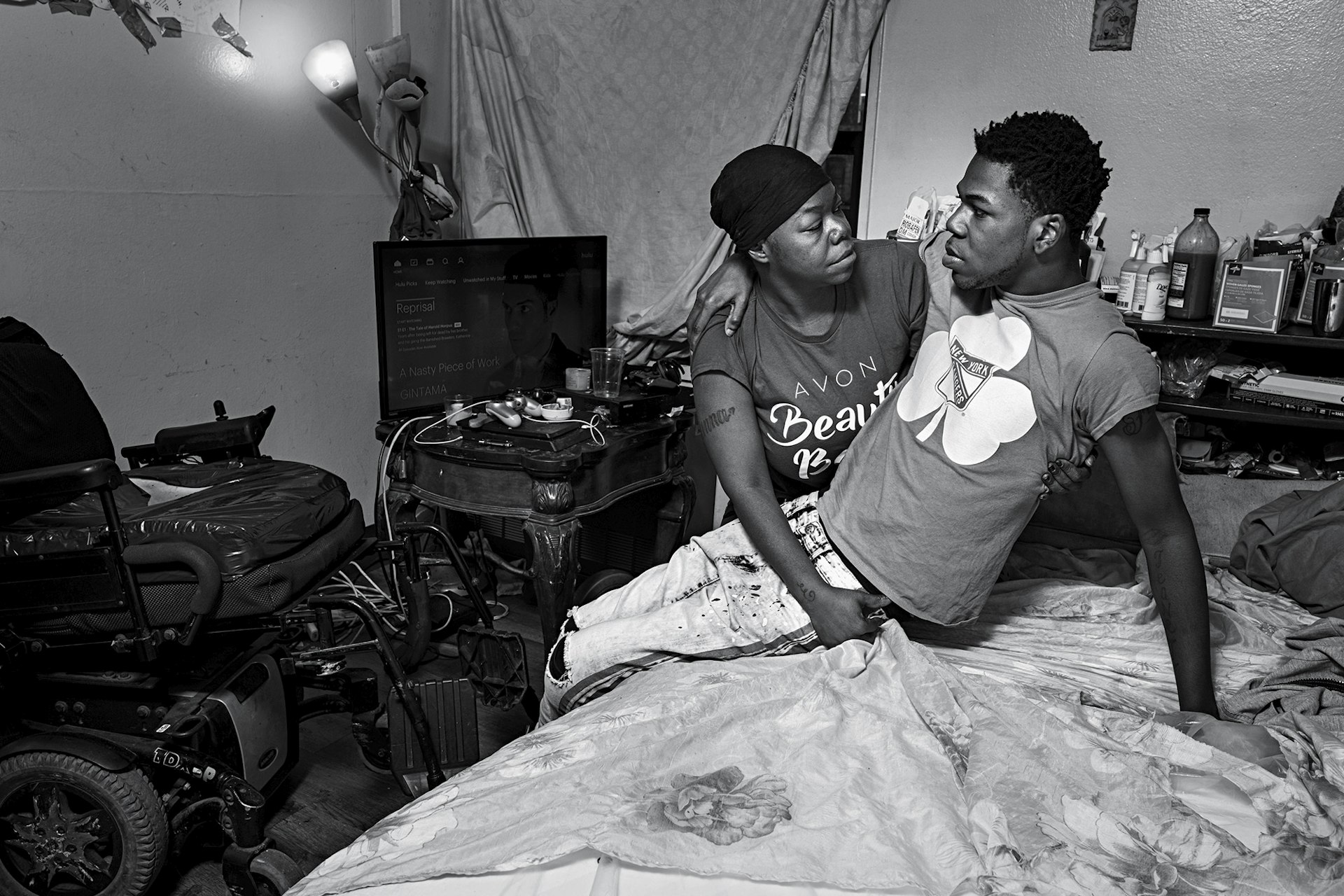
Documenting the life of a New York gang leader paralysed by gun violence
New photobook ‘Say Less’ is a complex yet humanising look into a life wrecked by gun violence and organised crime.
Written by: Isaac Muk
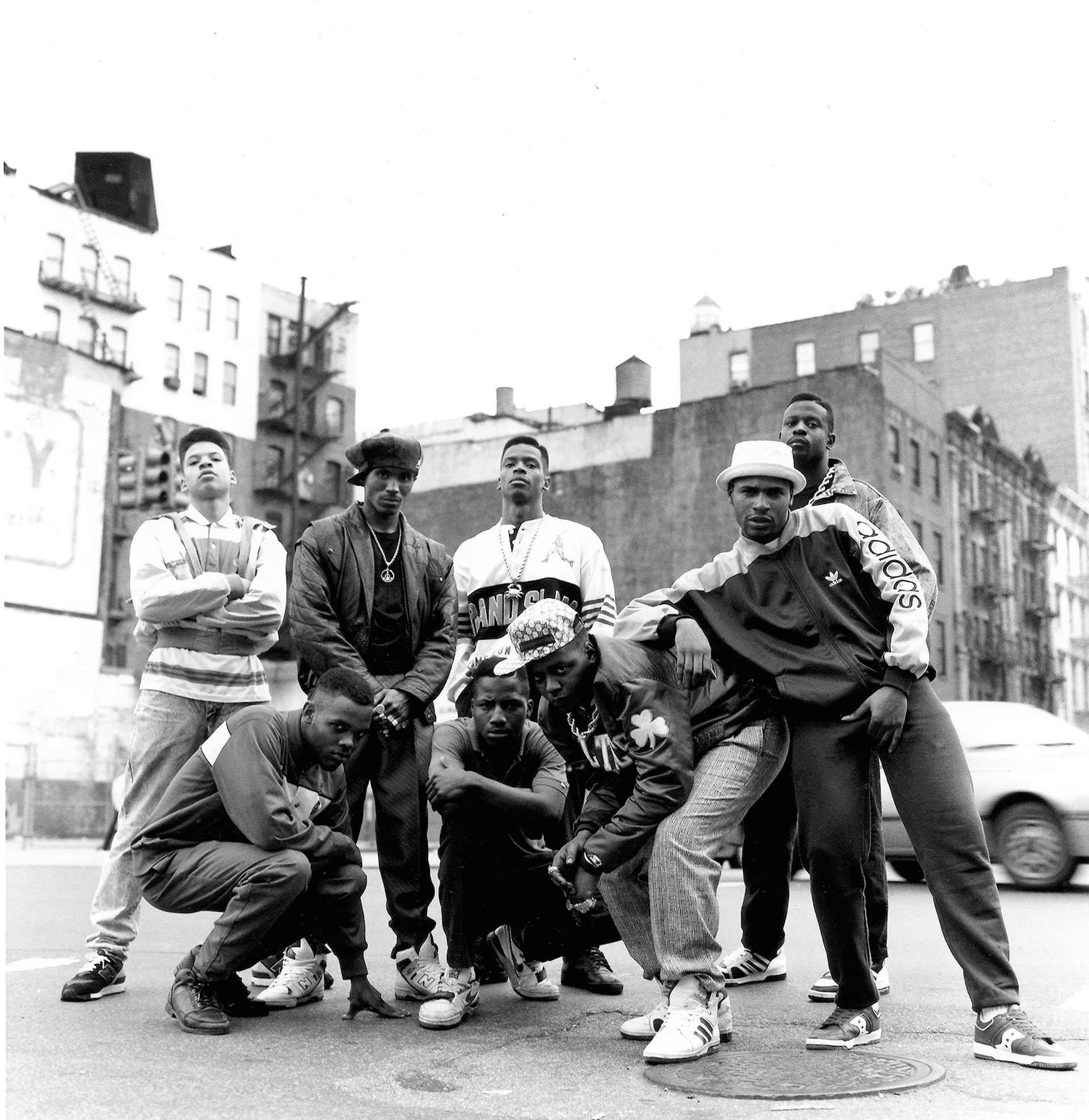
The woman who defined 80s Hip Hop photography
A new exhibition brings together Janette Beckman’s visionary and boundary pushing images of an era of cultural change and moral panic.
Written by: Miss Rosen
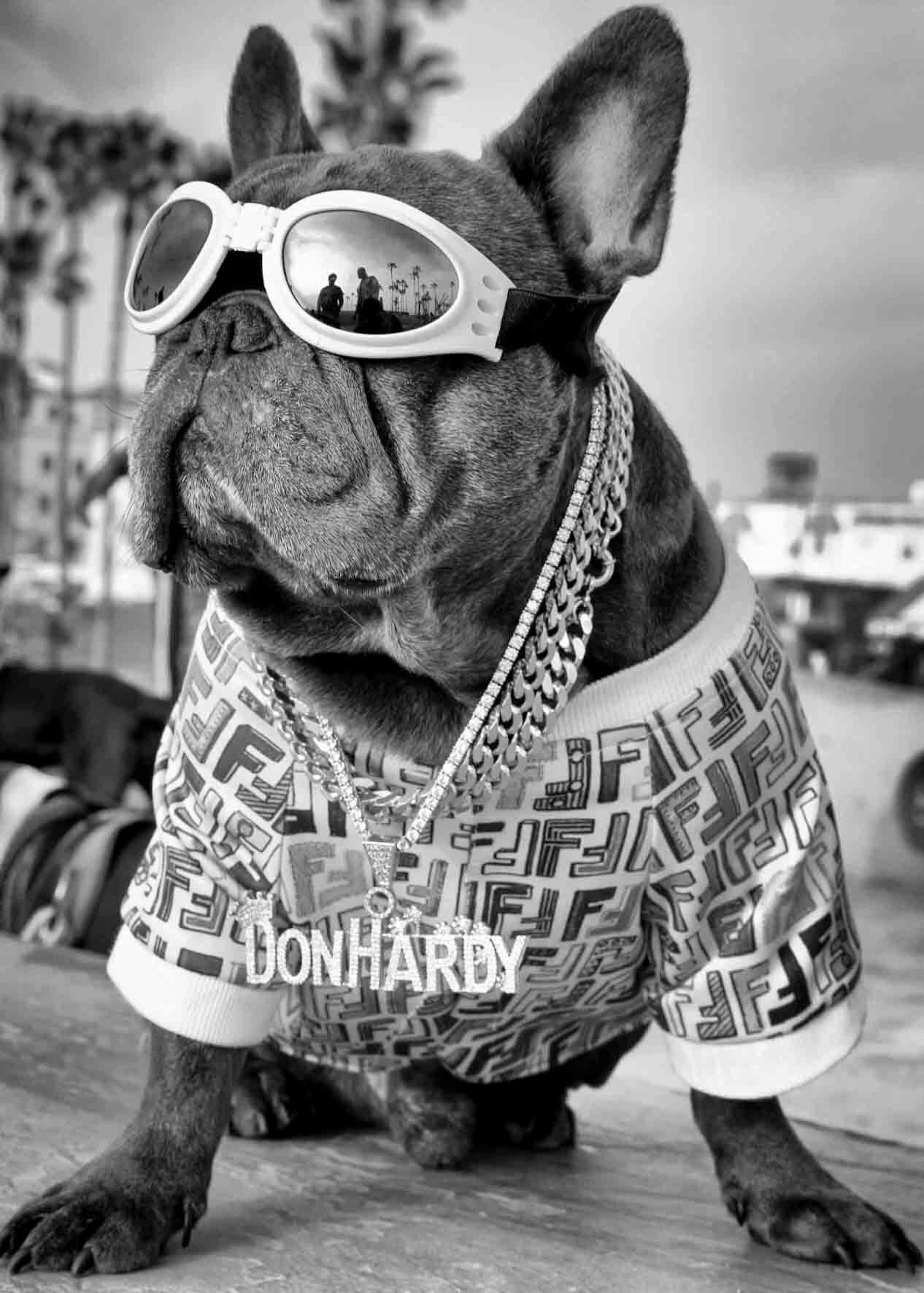
In photos: the dogs of Dogtown
A new photobook documents Venice Beach’s four legged friends and their colourful cast of owners.
Written by: Isaac Muk
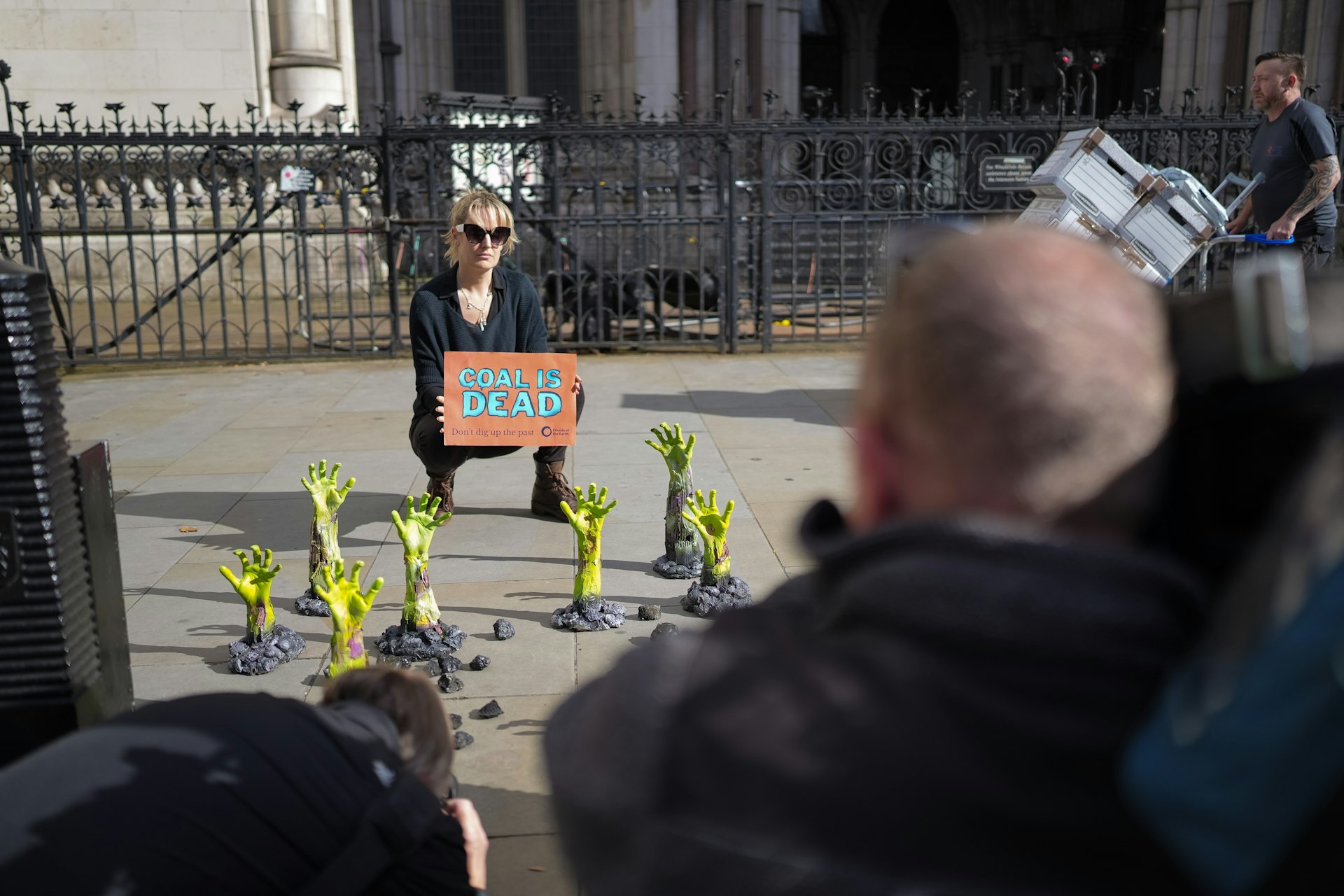
Inside the battle to stop coal
As the legal challenge against Britain’s first deep coal mine in 30 years reaches the High court, we talk to activists at the centre of the fight to stop it.
Written by: Ben Smoke